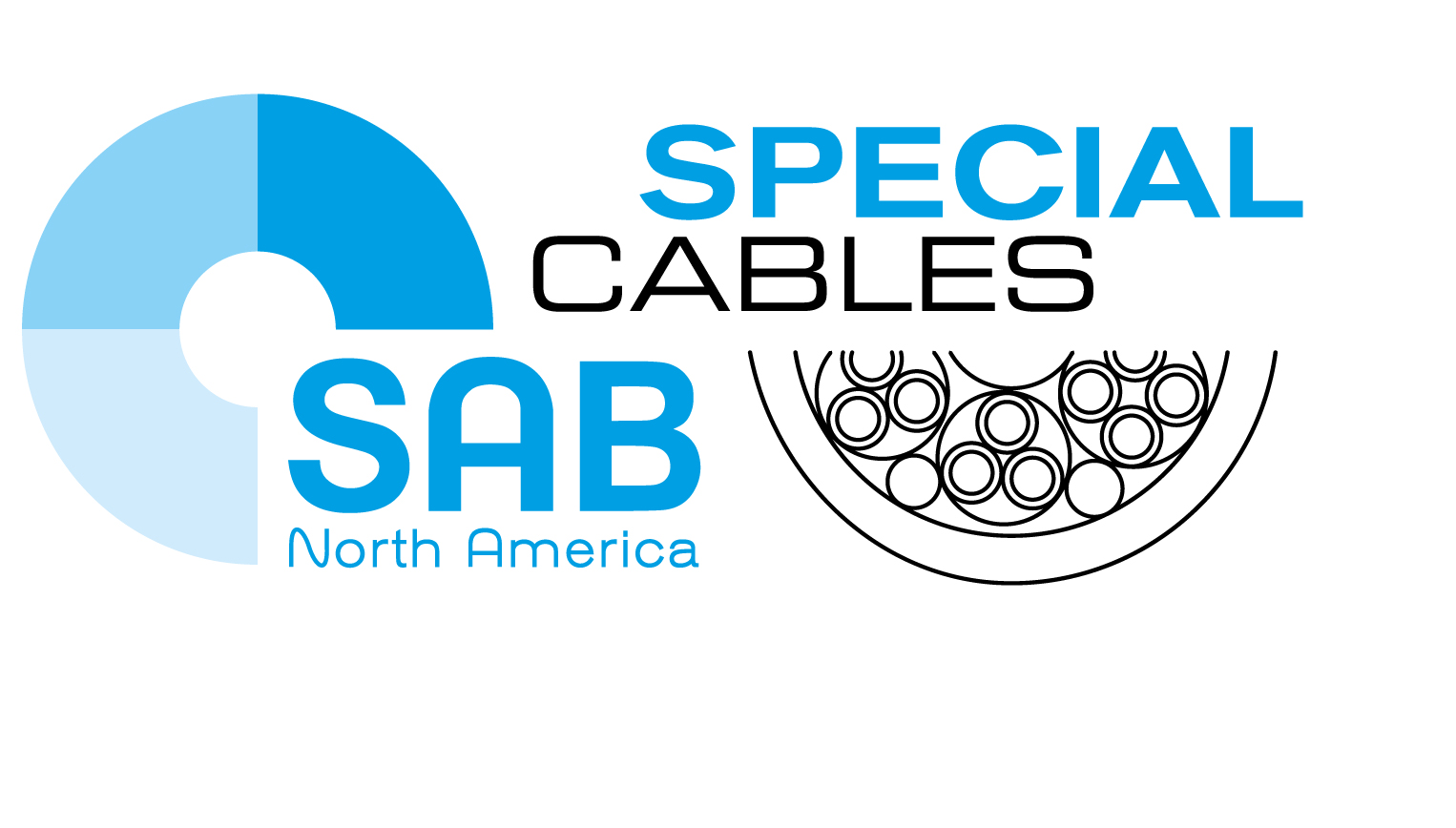When designing a robotic or automated system with continuous, repetitive motion, you want to get as much cycle life as possible from your cables. Early cable wear or replacement causes unwanted machine downtime, lost productivity and can hurt your bottom line.
One way to avoid this downtime is to use a flexible cable that can stand up to the application’s motion requirements. For example, continuous flex and torsion cables are flexible options that have different design elements, enabling them to perform reliably in cable track or robotic installations. At SAB, we have a full testing lab to ensure their performance.
Why Flexible Cable Terminology and Testing Matter
Flexible cables are sometimes classified differently across manufacturers. Here’s how we categorize continuous flex and torsion cables:
- Continuous flex cables are intended to roll or flex back and forth in a linear motion. Designed to prevent corkscrewing, which can lead to broken conductors, ruptured jacketing and ultimately cable failure, these cables are used in C-track applications where the bend radius is designed for 10-times the cable diameter or less. This cable is also tested between one and 20 million flex cycles.
- Torsion cables can be twisted along their axis without being damaged and can be used where cable tracks are not possible. They are well suited for medium mechanical stress.
At SAB North America, we suggest choosing flexible cables early in the design process. That includes evaluating cables that have been tested to meet the bending, flexing, cycles and harsh conditions they will undergo in their intended application. To help begin your selection, here’s an overview of our continuous flex and torsion cables:
- Continuous flex: PVC cable track cables. These cables are designed to transmit control and data signals to machines and robotic devices that move nonstop. One such cable family, the S 960 with a bending radius of 7.5-times its outer diameter, achieved over 10 million bendings in a directional cycle life test.
- Continuous flex: PUR cable track cables. These cables are suitable for permanent use with millions of bending cycles during multi-shift operation. Their cut-resistant and low-adhesion PUR jacket guarantees higher service life and high efficiency. Type S 980 CP comes with UL recognition and CSA approval. Type S 200 has reached over 20 million flex cycles in applications.
- Torsion: data and control cables. These cables resist scrubbing and abrasions, as well as continuous torsional and linear stress in free-moving applications without tensile load. The RT 123 family has achieved from 4 to 6 million torsions in our twisting test.
- Torsion: Clean room cables. Featuring high-quality insulation, a specially formulated TPE jacket and slide wrapping for exceptional life expectancy under extreme twisting and bending, our clean cables meet ISO 14644-1 and US Federal Standard 209 E requirements.
Assess Flexible Cable Capabilities Early
In the high-volume world of automated manufacturing, machine downtime due to early cable replacement can cost you. Selecting the right flexible cable is critical to machine availability, so be sure to consider your cables early in the design process. Proper diligence can make a difference in your system’s productivity.
For more information about our continuous flex and torsion cables, download our continuous flex brochure or torsion cable brochure.


